How do Barricades Ensure Safety of the Workers?
Barricade is any object or structure that creates an obstacle to control, block passage or of persons or vehicles from places that are under construction or some other operational activity. Barricades should be checked daily, if not more frequently, to ensure that they are still in place and functioning properly.
Barricades outline or block a dangerous area and warn of a boundary that must not be crossed to ensure the safety of workers and the public. Tapes, cones, rope, wire, screens, chains, or signs are usually used as barricades.
Appropriate barricading standards should be maintained for all the different types of construction or demolition work to control access to hazardous areas in different operating departments.
How do barricades ensure the safety of workers?
Barricades are used to prevent unauthorised entry into the hazardous area at construction sites.
- Barricades prevent workers from being unnecessarily exposed to hazardous situations by generating awareness about the presence of risks
- The installation and maintenance of barricades, demarcation, and restricting access protect workers by preventing or controlling exposure to risks in work areas.
- Since barricades are installed to restrict unauthorised entry into hazardous areas, they avoid causing accidents among workers.
- Barricades avoid fatalities and serious injuries of workers as they deter the movement of workers in hazardous areas.
Barricading safety standard followed by Tata Steel Nest-In
- Barricades are installed as warning devices at construction, mining, or other operational sites, to alert people of the dangers and risks. These are also installed to control traffic on roadways and to protect hazard-prone installations such as gas storage, electrical sub-stations, etc.
- All barricades are made visible from a safe distance through the use of visible fluorescent material or tapes in order to warn people ahead of time
- At both ends of the barricade, a caution board, a diversion board, and a shutdown board are displayed to warn people.
- During night, red light and/or luminescent danger signs are placed in and around the barricades.
- No one is allowed to access the barricaded area unless the job supervisor grants permission.
- When the job is finished, only authorised personnel are allowed to remove the barricades.
- All extended open bars at building sites and plants, as well as other projected bars, valve spindles, and other plant components at man-height, are secured with a bar-cap to cover the bar's sharp projection.
Hazards associated with improper barricading
- Unauthorized intrusion into hazardous locations without proper barricading, in operating or production departments might result in fatalities or serious injuries.
- Entering construction and demolition areas that are not marked with proper barricading standards may cause fatalities or serious injuries.
- The absence of suitable barricades on the roads can also cause road accidents.
- If barricades are not installed properly it can cause vehicle and equipment damage, as well as fire and electrical risks, etc.
We at Tata Steel Nest-In ensure high safety standards and follow the necessary guidelines required to keep each one safe at the worksite and abide by them strictly to avoid any unforeseen accident/incident taking place.
Contact Us
Recent Post
Nest-In's Prefab Technology: The Beacon of a Sustainable Future in Construction
The Growth of Prefab Medical Infrastructure with Nest-In’s Prefab Solutions
Build What You Envision with Prefab Construction
Revolutionising India’s Infrastructure with Prefab Construction
Delivering a Fully Customised Modular Boardroom for a Top Jamshedpur Manufacturer
Category
- Nest-In 33
- HabiNest 52
- MobiNest 134
- Nestudio 27
- EzyNest 19
- Smart EzyNest 5
- ChargeNest 6
- Covid Offerings 4
- Brand 10







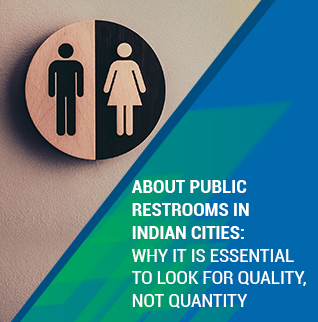





































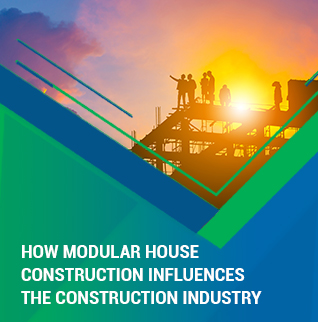







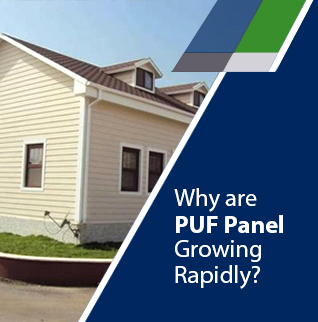


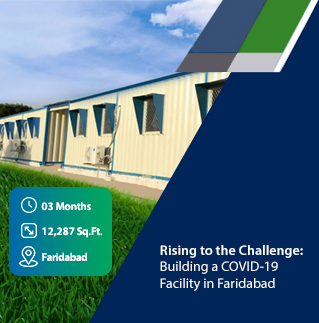













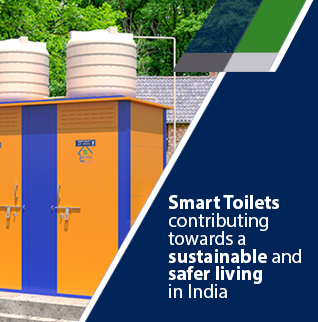



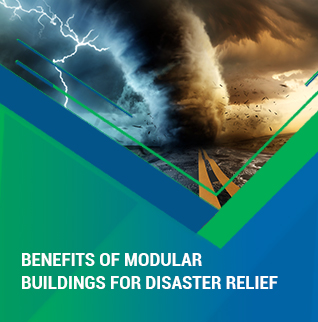
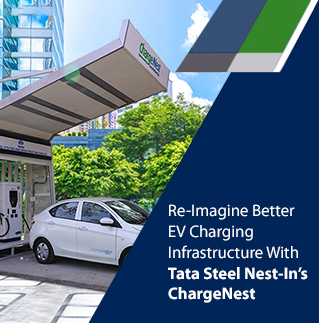

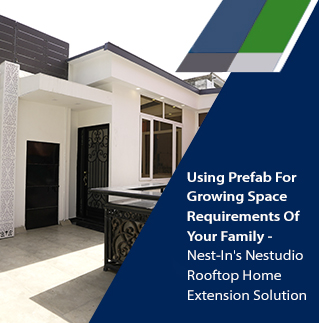



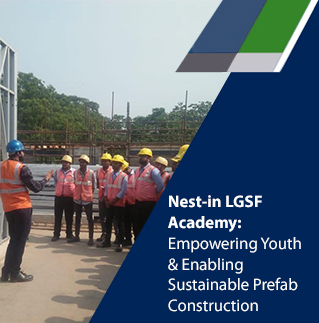

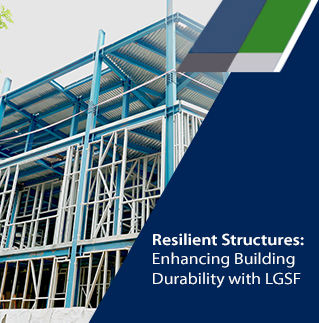



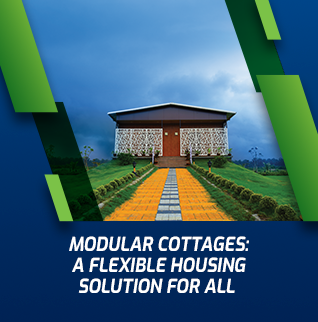












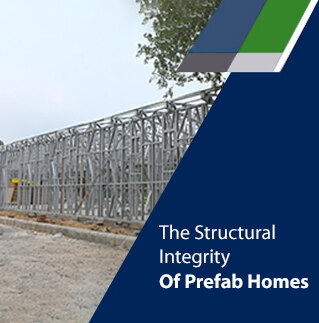












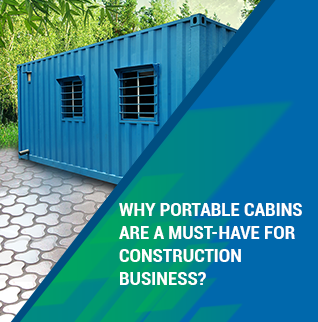


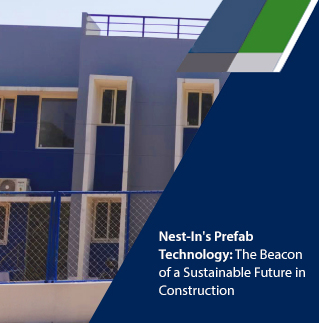





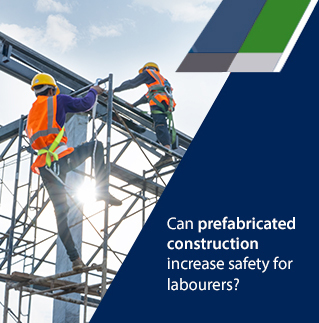











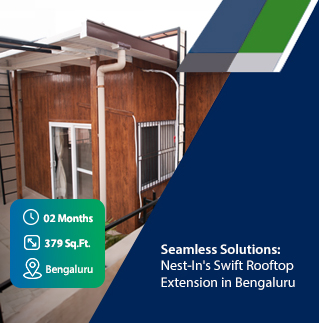




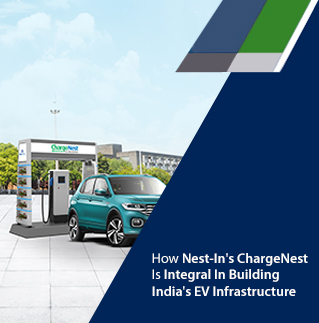
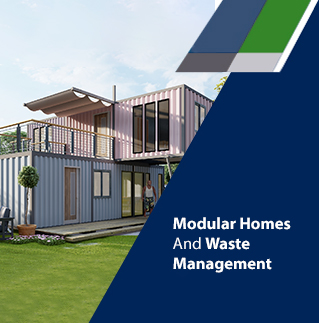












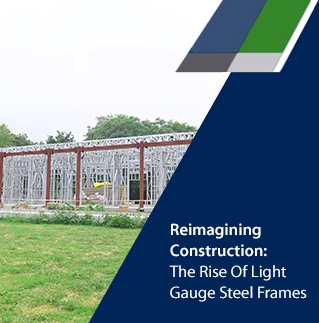












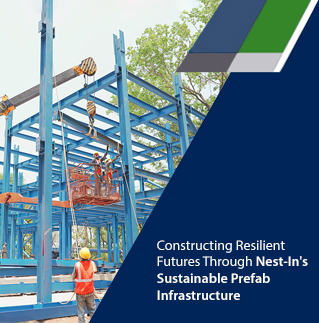










Add comment